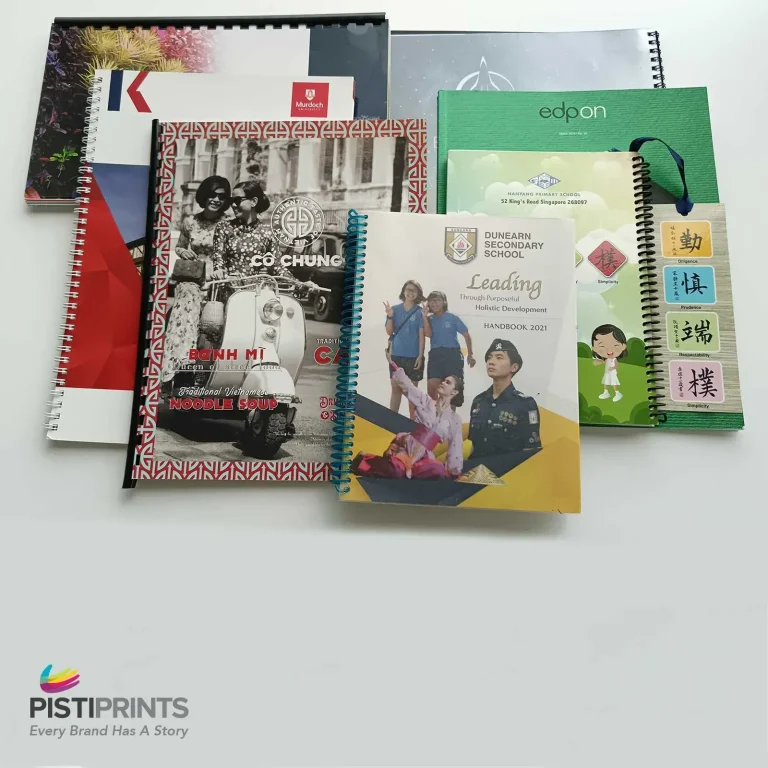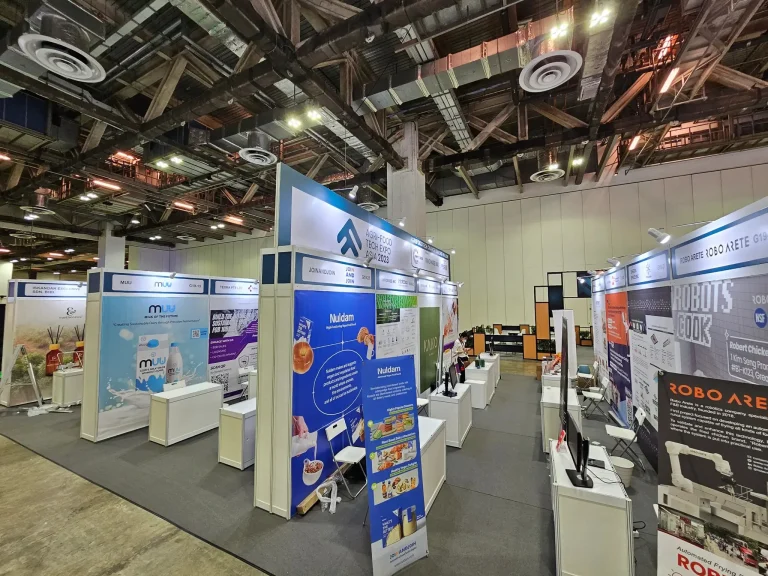Stickers are one of the simplest, most versatile tools a business can use. Whether you’re sealing a product box, adding personality to packaging, handing them out at events, or using them for brand visibility, stickers do the job. However, choosing between vinyl and paper is one of the first decisions you’ll need to make—and it matters more than you might expect. The right material affects not just the look and feel of your sticker, but also how long it lasts, how it performs in different environments, and how much it costs.
This post breaks down the key differences between vinyl and paper stickers to help you choose the best option for your business and budget. Pisti Prints makes that choice easier with high-quality sticker options that don’t compromise on design, durability, or performance.
Paper Stickers Vs Vinyl Stickers: Key Differences
When choosing between vinyl and paper stickers, understanding the core differences helps you match the material to your specific business needs. Here’s a breakdown of how they compare across the areas that matter most:
1. Material Strength & Durability
Vinyl Stickers: Known for being tough and long-lasting. These stickers are water-resistant, weatherproof, and UV-resistant, making them ideal for outdoor or heavy-use environments. They won’t easily fade, tear, or wear out.
Paper Stickers: Best for short-term or indoor use. They don’t hold up well to moisture or abrasion and are more likely to tear or smudge under stress.
2. Finish and Look
Vinyl Stickers: Typically offer a smooth, glossy, or matte finish that looks clean and professional. Great for premium product packaging.
Paper Stickers: Have a more natural or textured look. The matte finish is great for a hand-crafted, eco-conscious vibe.
3. Water and Weather Resistance
Vinyl Stickers: Completely waterproof and suitable for use on bottles, windows, or outdoor equipment. They’re the go-to for long-term labelling.
Paper Stickers: Not water-resistant unless specially treated. If they get wet, they’ll likely peel or dissolve.
4. Cost Considerations
Vinyl Stickers: Typically more expensive due to their durability and versatility. They are well worth the price when you need stickers that hold up and make a lasting impression.
Paper Stickers: A cost-effective choice for temporary needs like packaging seals, event giveaways, or simple product labelling.
5. Print Quality
Vinyl Stickers: Support high-resolution printing with vibrant colours and crisp details. When done through professional vinyl sticker printing in Singapore, the results are durable and visually striking.
Paper Stickers: Can still deliver clear prints, but colours might not be as vibrant or long-lasting, especially if exposed to light or water over time.
6. Availability in Singapore
You can easily find both vinyl and paper sticker labels in Singapore. Pisti Prints offers customizable options for businesses of all sizes.
Use Cases: Which Sticker Works Best Where
Different businesses have different needs, and the right sticker material depends on how and where it’s being used. Here’s how businesses can use vinyl and paper stickers effectively in different business situations.
-
Vinyl Stickers – Built for Durability and Exposure
Vinyl stickers are ideal for situations where durability, weather resistance, and a professional finish are key. They’re perfect for product labels on items like drink bottles, cosmetics, or anything that might get wet, rubbed, or refrigerated. For outdoor uses such as bumper stickers, shop windows, or signage, vinyl holds up against sun, rain, and wear. Businesses looking for reliable waterproof sticker printing in Singapore often choose vinyl for its sharp print quality and long-lasting performance. It also works great for branding laptops, helmets, or equipment.
-
Paper Stickers – Cost-Effective and Ideal for Short-Term Use
Paper stickers are a practical choice for everyday uses where longevity isn’t a priority. They’re commonly used as mailing labels, price tags, or packaging seals—especially useful for e-commerce businesses shipping in volume. Paper works well for food packaging that stays dry, such as cookies or boxed goods, and it’s easy to write on if needed. Though less durable, they’re perfect for short-term, high-volume uses that don’t require water resistance.
Each industry benefits differently depending on the sticker material chosen. Retail stores might use vinyl for product labels and in-store signage that needs to last, while reserving paper stickers for receipts or promotional tags. Food and beverage companies should consider vinyl for items that face moisture or cold, and paper for dry-goods packaging or takeaway bags. E-commerce brands often combine both—using paper stickers for internal use like shipping labels, and vinyl for external branding that customers will see and keep. For event-based businesses, paper is a cost-efficient way to print temporary labels or giveaways, while vinyl can be reserved for high-impact displays or reusable assets.
Environmental Impact:
Sustainability is an increasingly important factor in business decisions, and sticker materials are no exception. Vinyl and paper stickers differ significantly in how eco-friendly they are, especially when it comes to recyclability and biodegradability.
Vinyl stickers are made from plastic (usually PVC), which makes them durable—but not biodegradable. Standard vinyl is not recyclable through regular municipal systems, meaning it usually ends up in landfills. However, eco-friendly vinyl alternatives, that use non-toxic inks, recyclable materials, or biodegradable additives, are now available. These options are more sustainable, but they still don’t break down as easily or cleanly as paper.
Paper stickers, on the other hand, are typically more environmentally friendly—especially if they’re made from recycled paper or FSC-certified sources. They biodegrade more easily and can be recycled, depending on the adhesive used.
Businesses concerned about sustainability should also consider the type of adhesive and ink used, as these can impact whether a sticker is truly eco-friendly. With Pisti Prints, you can reduce your environmental footprint without compromising on branding, design quality, or performance. We offer greener options with eco-conscious adhesives such as water-based and non-toxic varieties, which are less harmful to the environment compared to conventional chemical-based glues.
Summary:
Choosing between vinyl and paper stickers comes down to what your business truly needs—durability, appearance, cost, or sustainability. Both materials have their strengths, but the right pick depends on your product, your customers, and how the stickers will be used. When you choose Pisti Prints, you get access to high-quality, customizable sticker options that suit diverse use cases, from eco-friendly packaging to waterproof outdoor branding. Get a quote now!










